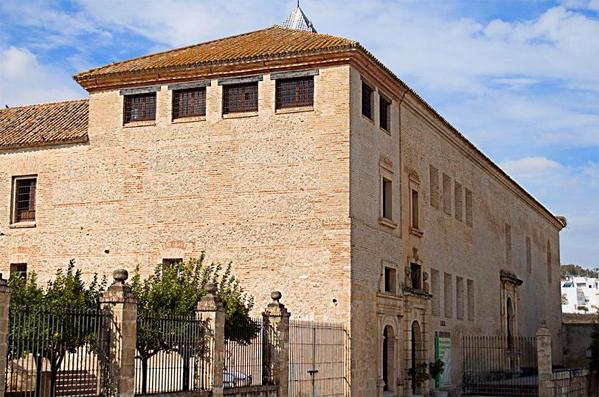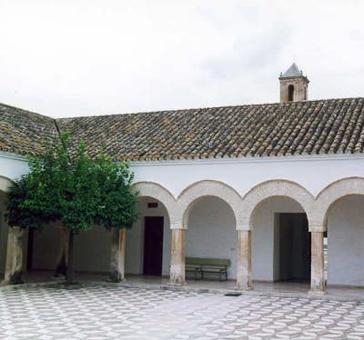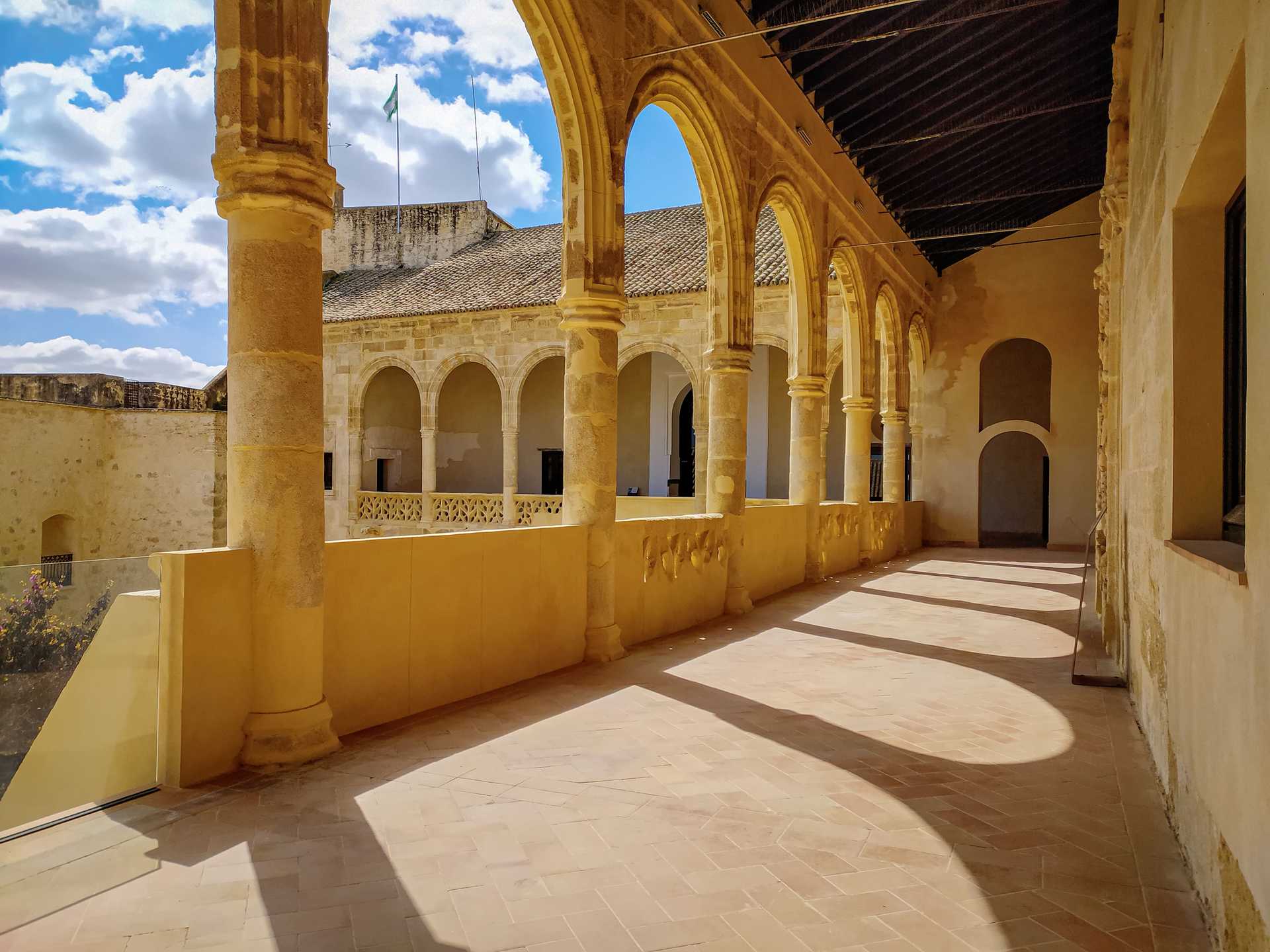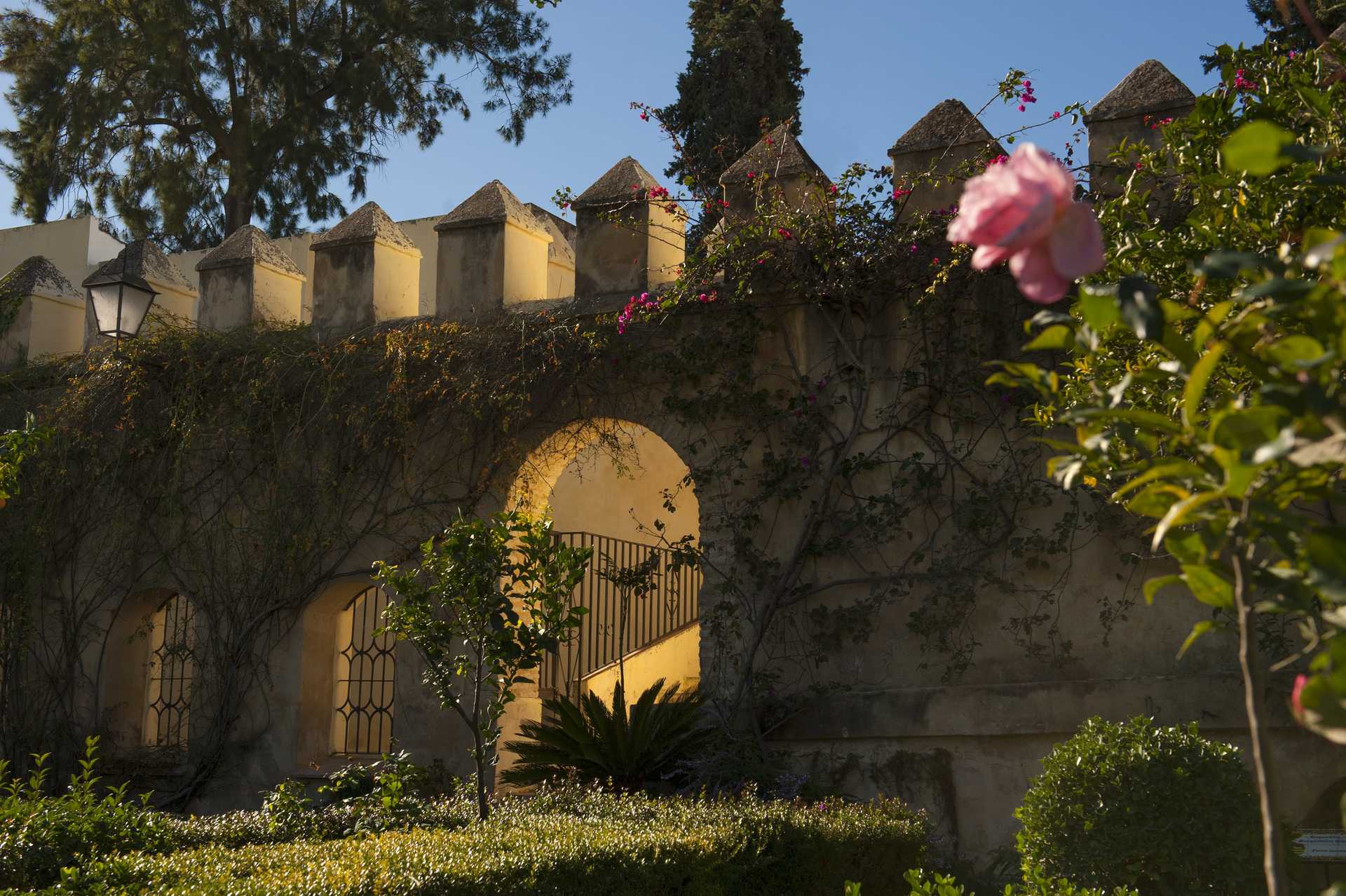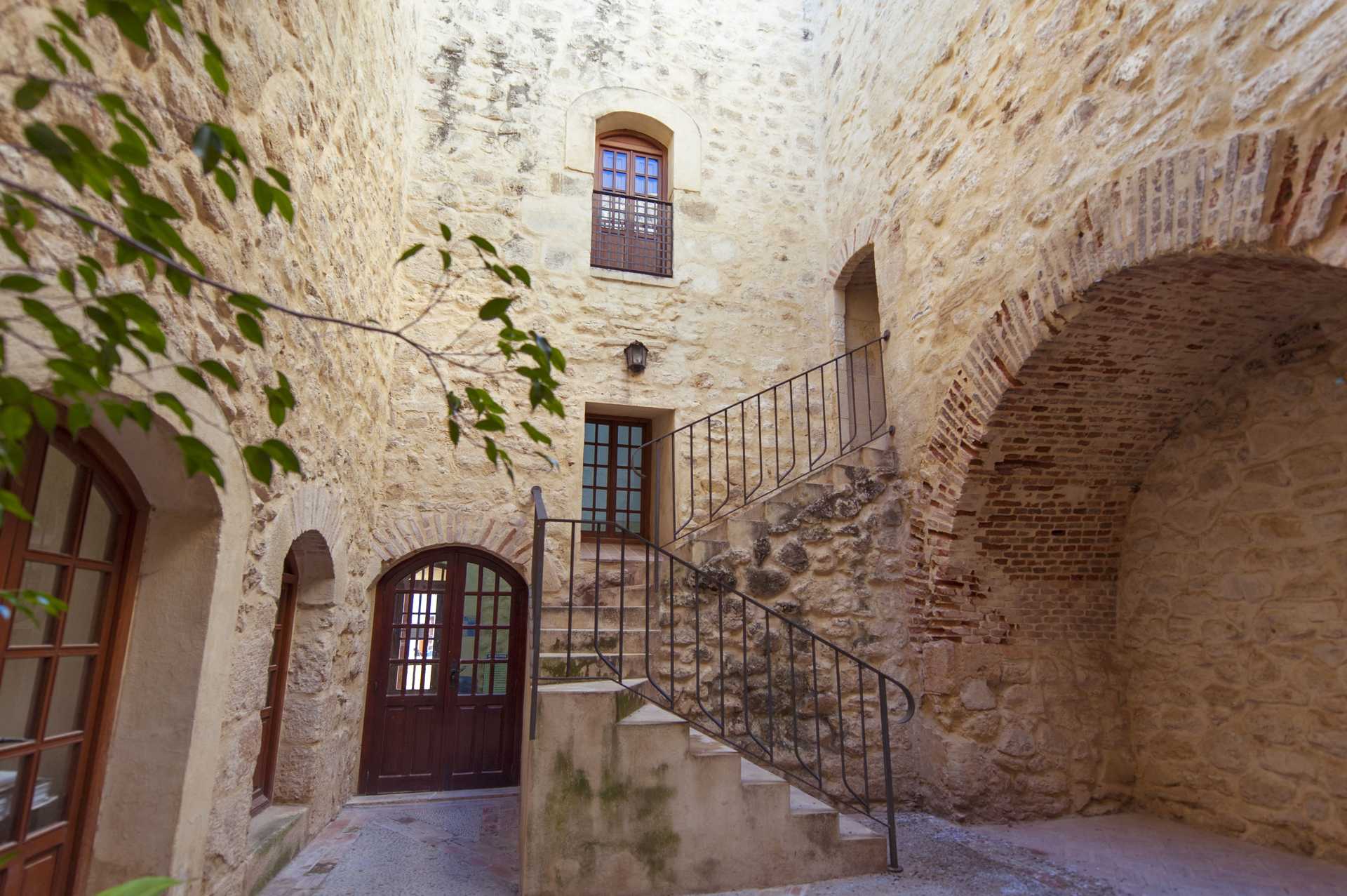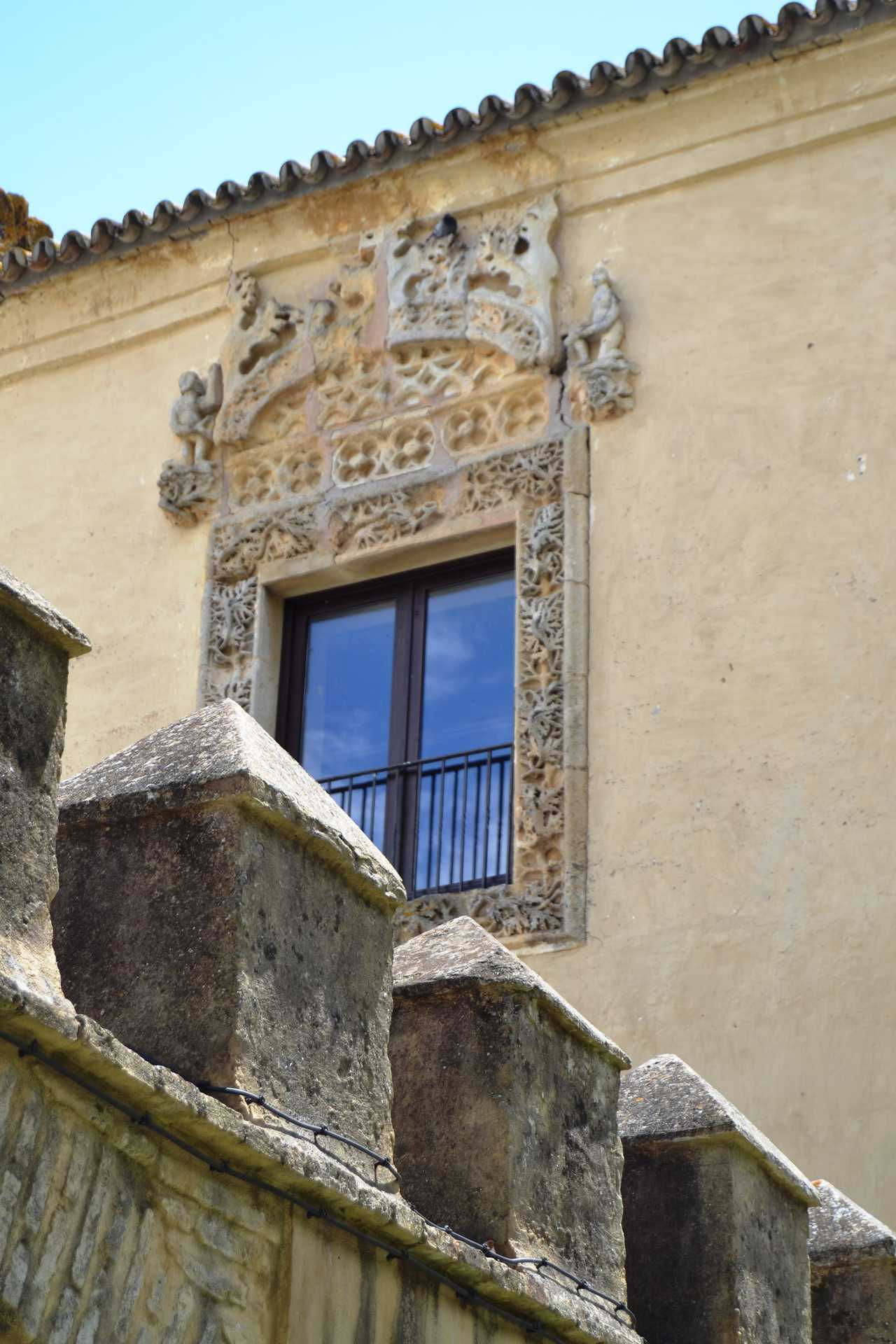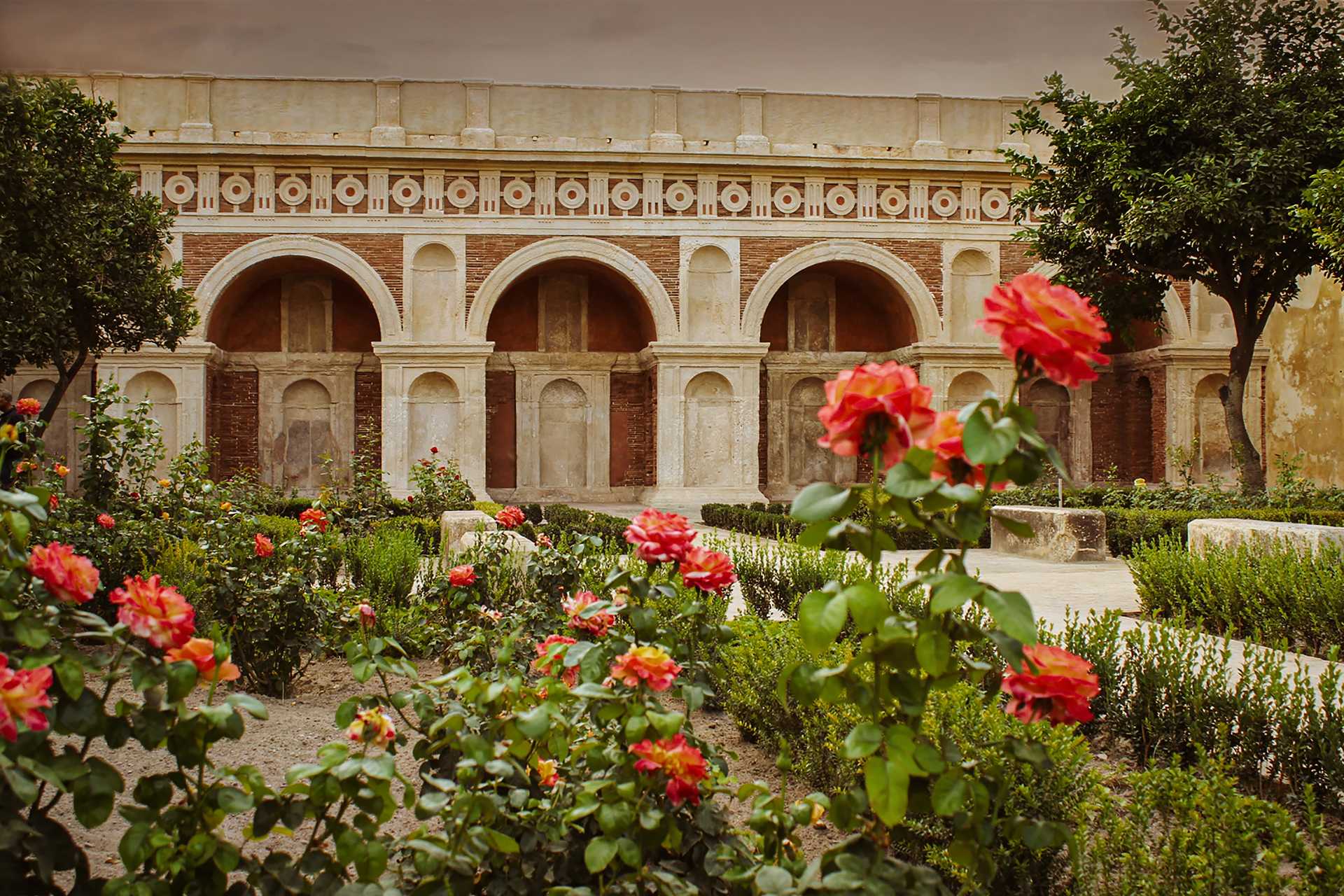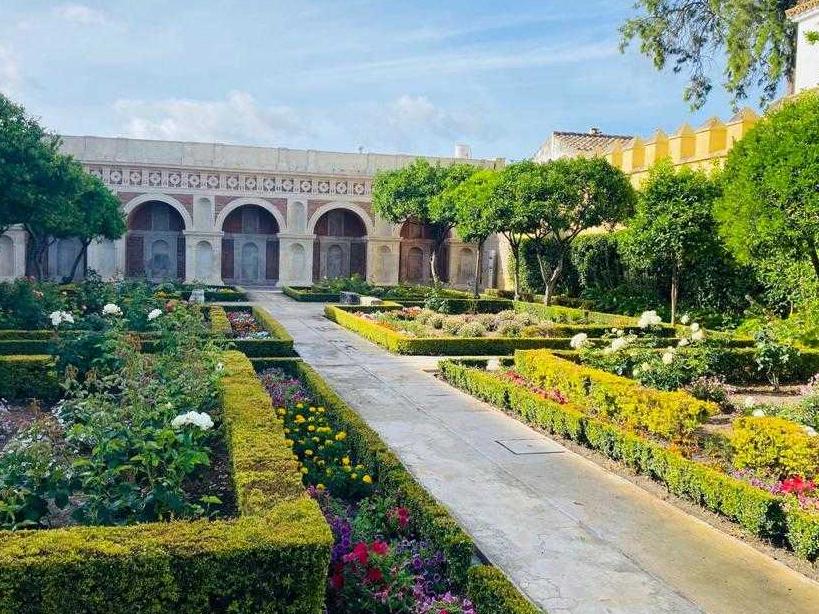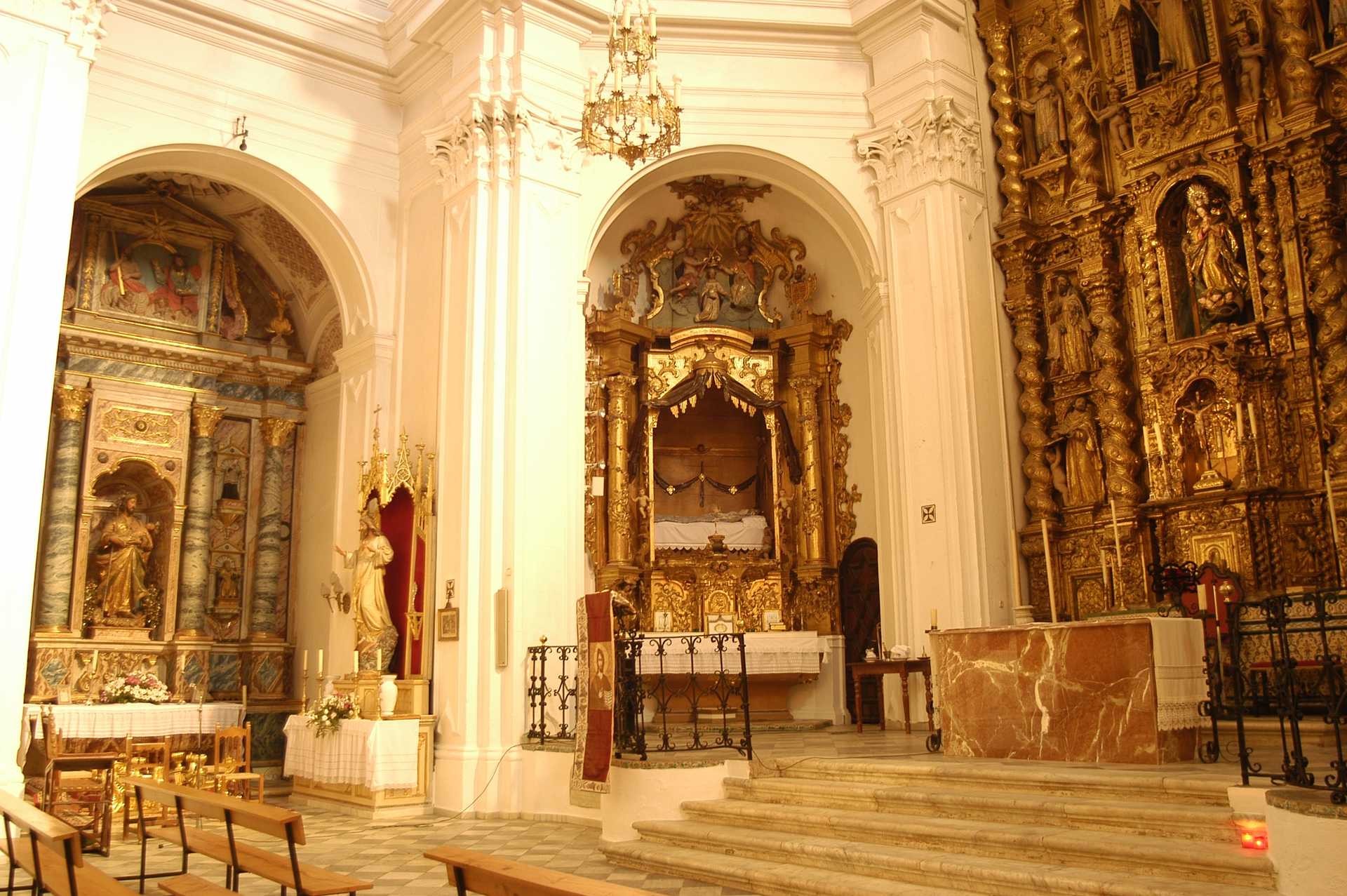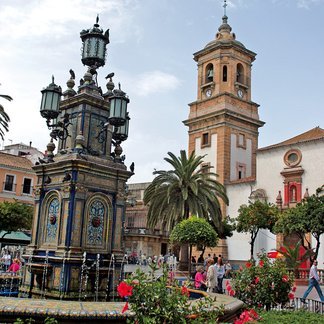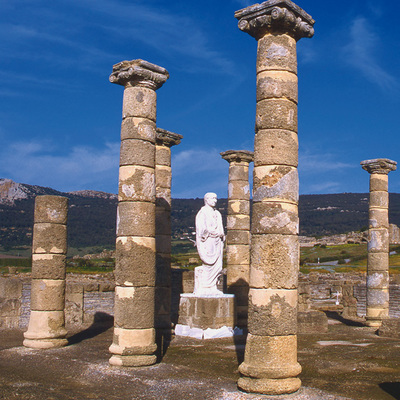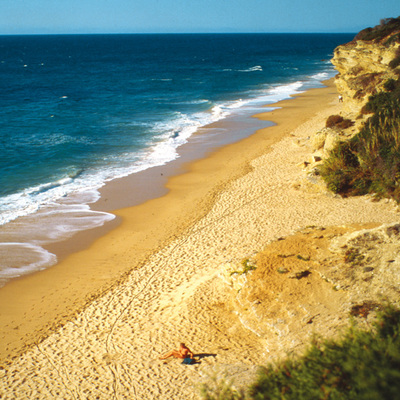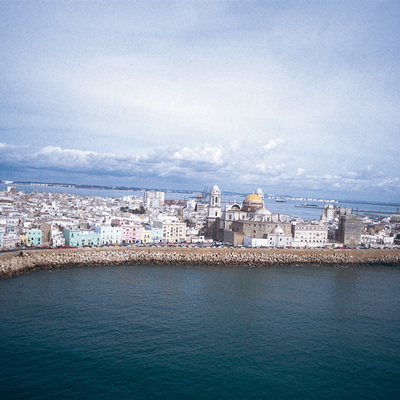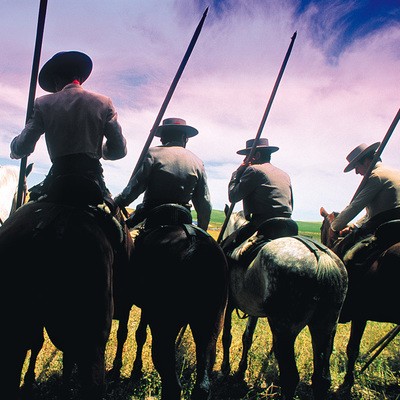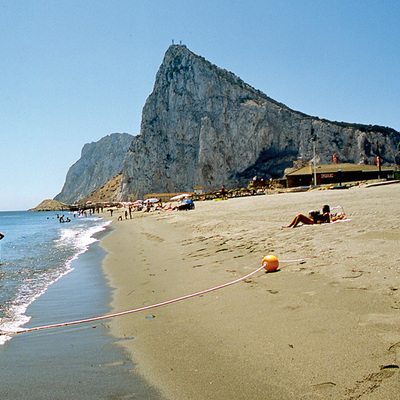Castillo del Fontanar - Palacio de los Ribera

The transition, from the Arab Domination to the Christian Reconquest, together with the radiance of the Renaissance, is exemplified in Bornos in the Castle-Palace of the Ribera’s.
The arrival of the Muslims created the need for the construction of a fortification on a site abundant in water springs; this fact gave name to the Castle, “Castillo de Fontanar”. The remains preserved from this old castle are reduced to some wall canvases of the curtain wall and the Tower of Tribute (Torre Del Homenaje). A square plant construction compartmented into a diversity of chambers and built in Ashlar masonry (cut stones joined with mortar). Subsequently, with the Christian Reconquest, it was occupied by Christians and finally in the 16th Century restored and transformed into a Plateresque style palace
The same decoration can be seen framing the outside of the various windows on the Nortwest Tower. This tower is crested by fleurs-de-lis of which some still remain, as happens with some panels of its walls rendering which are engraved in Segoviano style.
The building is completed by beautiful gardens in Renaissance style, declared Historic Garden of Cultural Interest, inspired in Bramante's Belvedere in the Vatican, designed and landscaped by the Italian gardener Salvador Sepadano. This garden is decorated with pools, dug out grotto-like niches, and a wide and interesting selection of plants like Myrtle, Marjoram, Boxwood, Cypress and Orange trees. In one of its ends, there is a Pompeian style Loggia, the only one existing in Andalusia, whose niches were once occupied by statues of mythological themes, which are today in the House of Pilates in Seville.
Water is another decorative element in this exuberant garden and although many of its original water features have disappeared it still keeps the pool at the Secret Garden of this Ducal Palace where, according to the legend, the Lady of the Castle used to first bathe to clean her body, to then pass to the adjoining Chapel to clean her soul.
All the works of restoration and transformation were conducted by Spanish and Italian artists who were hired by the Enríquez de Ribera family in the16th and 17th centuries. The castle was owned by the House of Medinaceli until 1949 when was bought by the City Council.
From 16-06-2023
Monday
08:00 - 21:00
Tuesday
08:00 - 21:00
Wednesday
08:00 - 21:00
Thursday
08:00 - 21:00
Friday
08:00 - 21:00
Saturday
10:00 - 21:00
Sunday
10:00 - 21:00
Public holidays
10:00 - 21:00
Free entrance.
Services and infrastructure
Target audiences
Segments
Specialties
Quality brands
Season
Duration
Open to visitors
You may be interested
